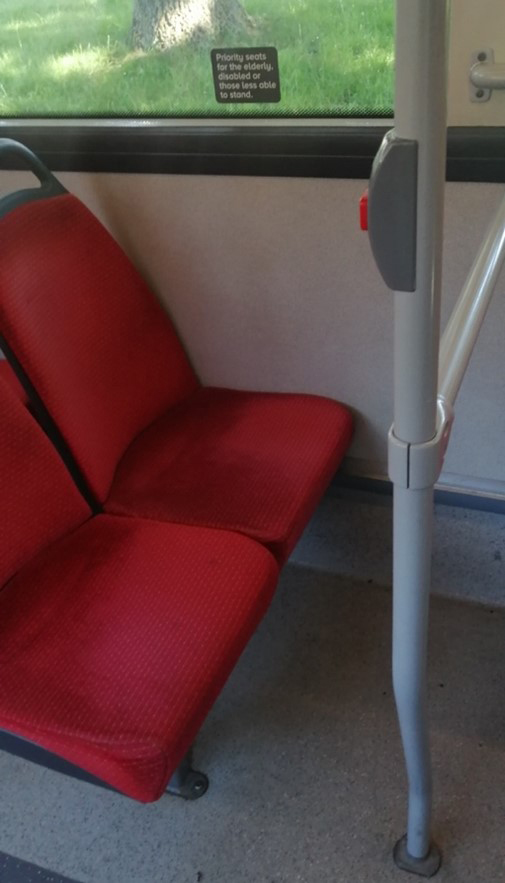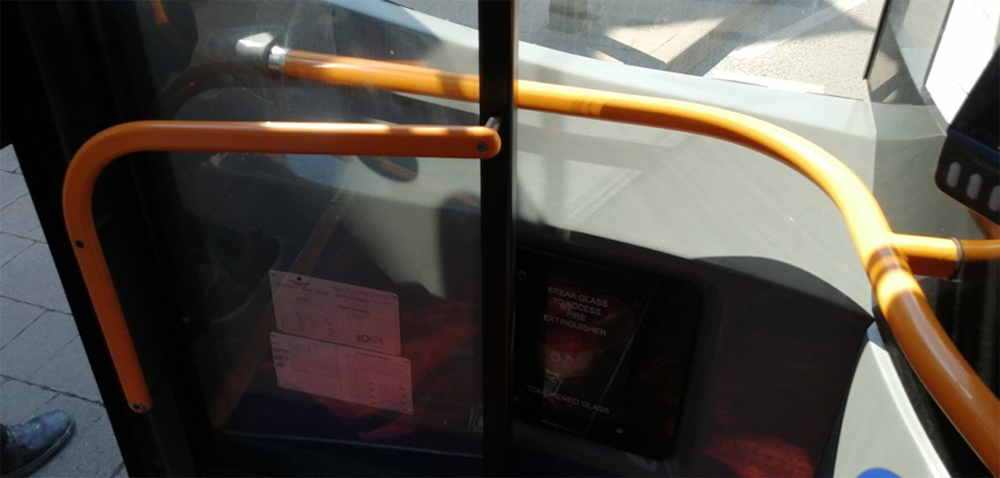Interviewing adventures
Dr Léa Ravensbergen writes about her adventures cycling around Oxford studying older adults' mobility
I've spent the summer cycling around Oxford studying older adults' mobility. I am particularly interested in how older people meet their mobility of care needs, which is the travel needed to fulfil basic needs, such as travel to grocery stores, pharmacies, and doctor's appointments. Specifically, I've been conducting interviews with older people struggling to meet their mobility of care needs.

I've also been asking interviewees to show me how they travel on a map (what is called a mapping interview) and then join them on a trip to a mobility of care destination (a mobile or 'go-along' interview). I've joined people on car journeys, on bus rides, on mobility scooter rides, and even on bike rides! By joining them on a mobility of care trip, I can see first-hand all the work that can be needed to remain mobile as one ages, work that I, as a young and able-bodied person, tend to take for granted.
Take, for instance, one of my research participants who is 78 years old, has never driven, and has recently begun to have trouble walking. He must pay careful attention to his environment as he moves, as he navigates barriers that I might not even notice. For example, he moved very carefully as we walked on the footpath between his bus stop and grocery store to make sure he didn't trip on any crack or uneven areas. He is also very aware of his restricted seating options on the bus: he is not only restricted to the priority seats on the bus, but two specific seats in this area: the ones that have a bar in front of them to help him lower himself down into the seat (Figure 1).
The bars around the exit of the bus were also noted as essential and were heavily leaned on when embarking and disembarking (Figure 2).

Careful attention was paid to the grocery store environment as well. He noted how confused he can get when they changed the location of items, as he must then re-learn where to find what he needs. He is also limited when it comes to how much he can carry, which means he must do his shopping multiple times per week. The check-out tills were also considered a stressful place, one that he moves through as quickly as he can to then have a seat and organize his shopping.
One of my goals this summer is to highlight all this work that can go into a simple trip to the grocery store, work that is imposed on some ageing bodies moving through a world build for young and able-bodied people. This work is invisible to many transport planners and researchers, but nonetheless takes knowledge ans skills to complete. I hope to highlight this work to help foster more age-friendly transport systems and cities.
Interviewing adventures
Dr Léa Ravensbergen writes about her adventures cycling around Oxford studying older adults' mobility
